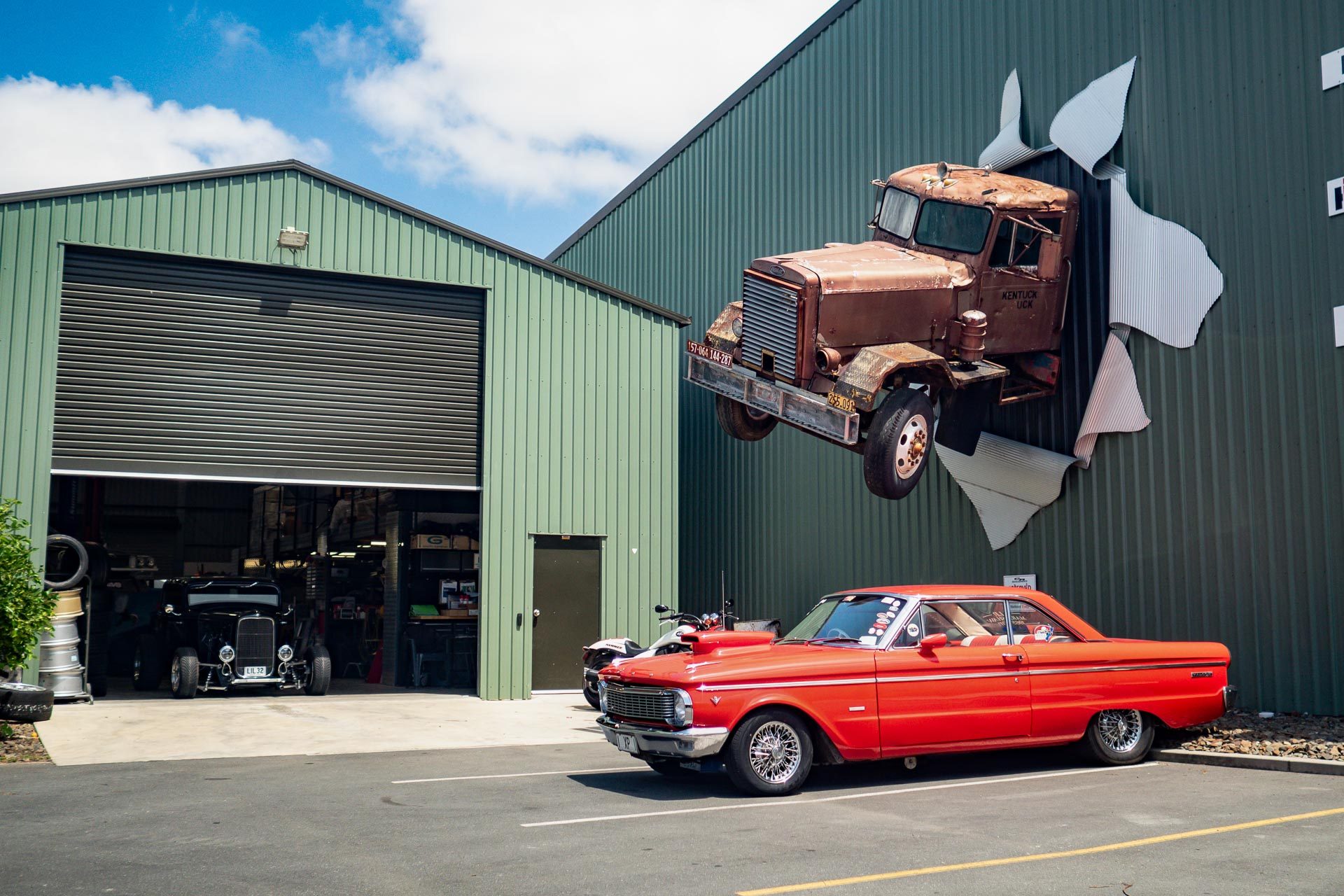Subwoofers, or “woofers,” have always seemed quintessentially masculine to me. I suppose it’s because of all the young men I’ve met who have shown me their car trunks, the entire interiors of which have been taken up with gigantic speakers. Yet as silly as it can sometimes seem, the subwoofer is an important part of any high quality music reproduction system.
First created in the 1960s, the subwoofer was developed in response to complaints about a lack of bass response in electrostatic speakers. For the first decade or so, these loudspeakers were known only to music professionals and the truly dedicated fans. Then, in 1974, the movie Earthquake was released in Sensurround. In the seventeen theatres where it was shown, six very large subwoofers driven by a pair of 1600 watt amplifiers were used to simulate the sounds and effects of an actual earthquake. This movie and its use of sound were responsible for bringing subwoofers to the public’s attention.
Then in the late 1980s, the advent of the commonly used compact cassette made it possible to add more low frequency content to recordings. The result was that subwoofers became increasingly popular in domestic settings. Since that time, there has been an ever increasing popularity for subwoofers in home stereo systems, home theatre audio systems, and car audio systems. Today, it is almost impossible to go to a professional concert or music venue that does not utilize the unmistakable resonances of at least one subwoofer.
The introduction of Sensurround sparked a trend of subwoofer installation in cinemas. That system was succeeded by the Dolby Stereo 70 mm Six Track, which was in turn followed by Altec’s dedicated cinema subwoofer model, the 8182. Today, the THX certification qualifications define the parameters for audio systems in the cinema, including subwoofer requirements. These requirements help to ensure that when “the audience is listening,” they enjoy what they are hearing.
In addition to commercial applications, almost all modern home theatre audio systems feature a subwoofer supplemented by two to five small “satellite” speakers. The advantage of having a subwoofer as part of an audio system is that it allows the satellite speakers to be smaller without sacrificing low frequency capability. In a domestic setting, the subwoofer is usually separated from the other speakers and is often hidden in a cabinet or other piece of furniture. For optimum low frequency sound, experts recommend that the subwoofer be placed in a corner of the room, far from large room openings and close to the listener.
As previously mentioned, the automobile is the other popular place for subwoofer use among the general populace. Because of their size, most car subwoofers end up in the back seat or, more commonly, in the trunk. In such an application, due to the typically small space of a car’s interior, it is actually possible for a subwoofer to produce dangerously high levels of sound pressure. Over time, such situations can lead to hearing loss or tinnitus, which is usually indicated by an unidentifiable ringing or buzzing in an individual’s ears.






More Stories
Honda Civic Batam: Mobil Legendaris dengan Desain dan Performa Terbaik
Read Me Loud And Clear With The Behringer Eurolive B250D PA System
Connect an iPod to a Toyota Stereo